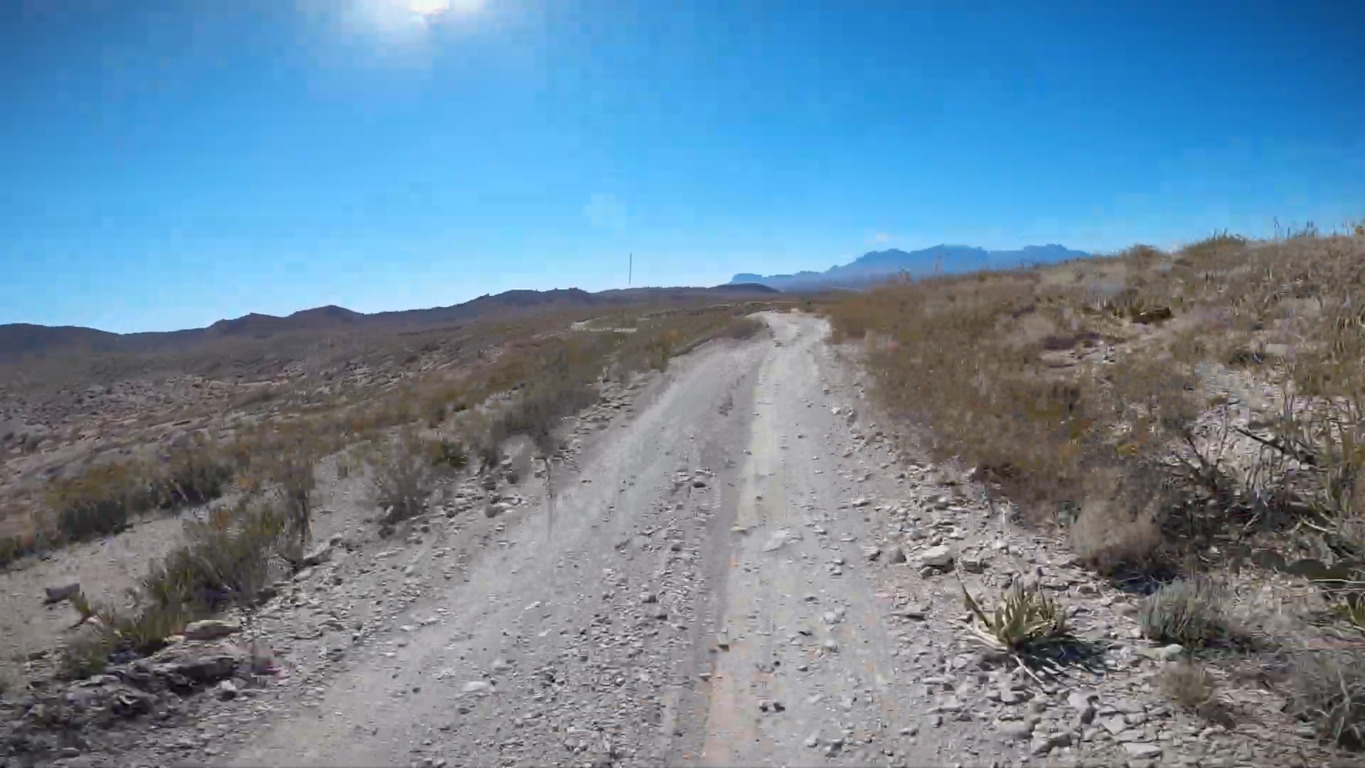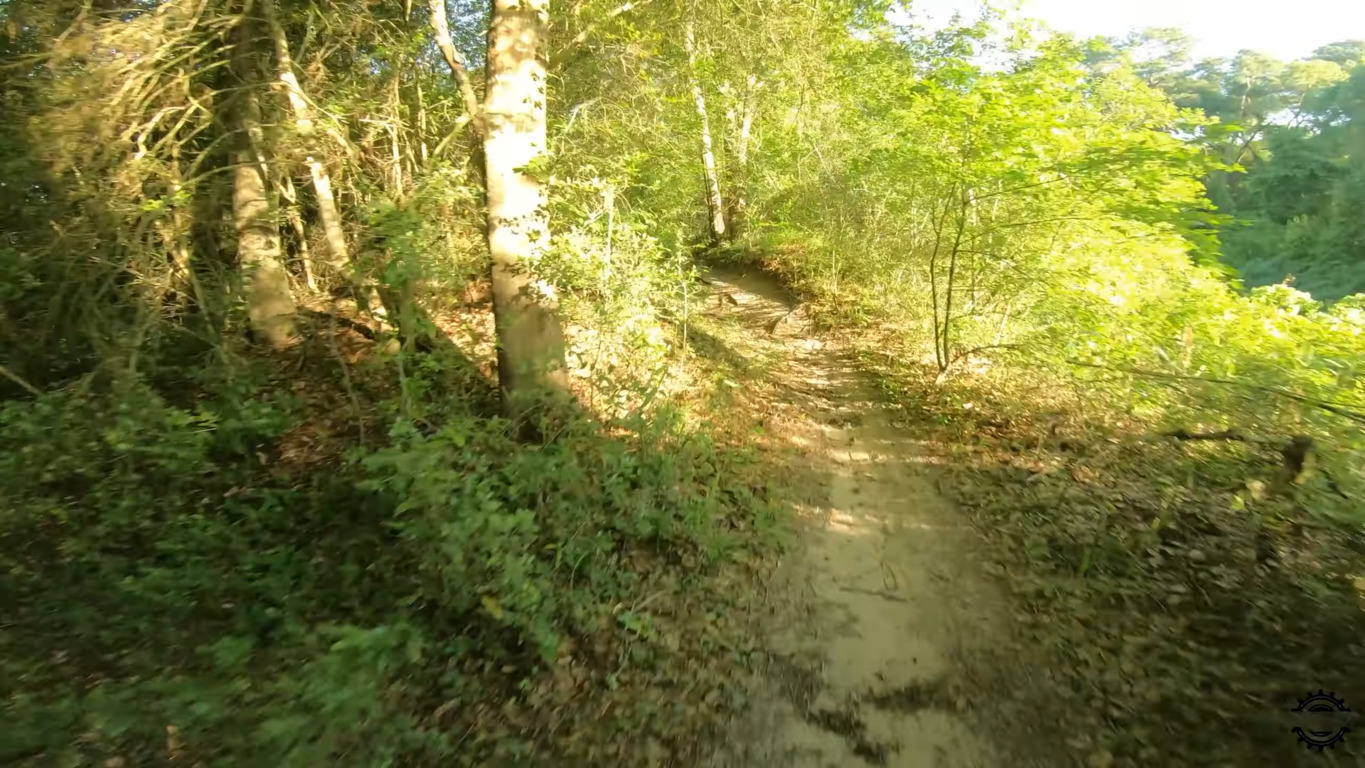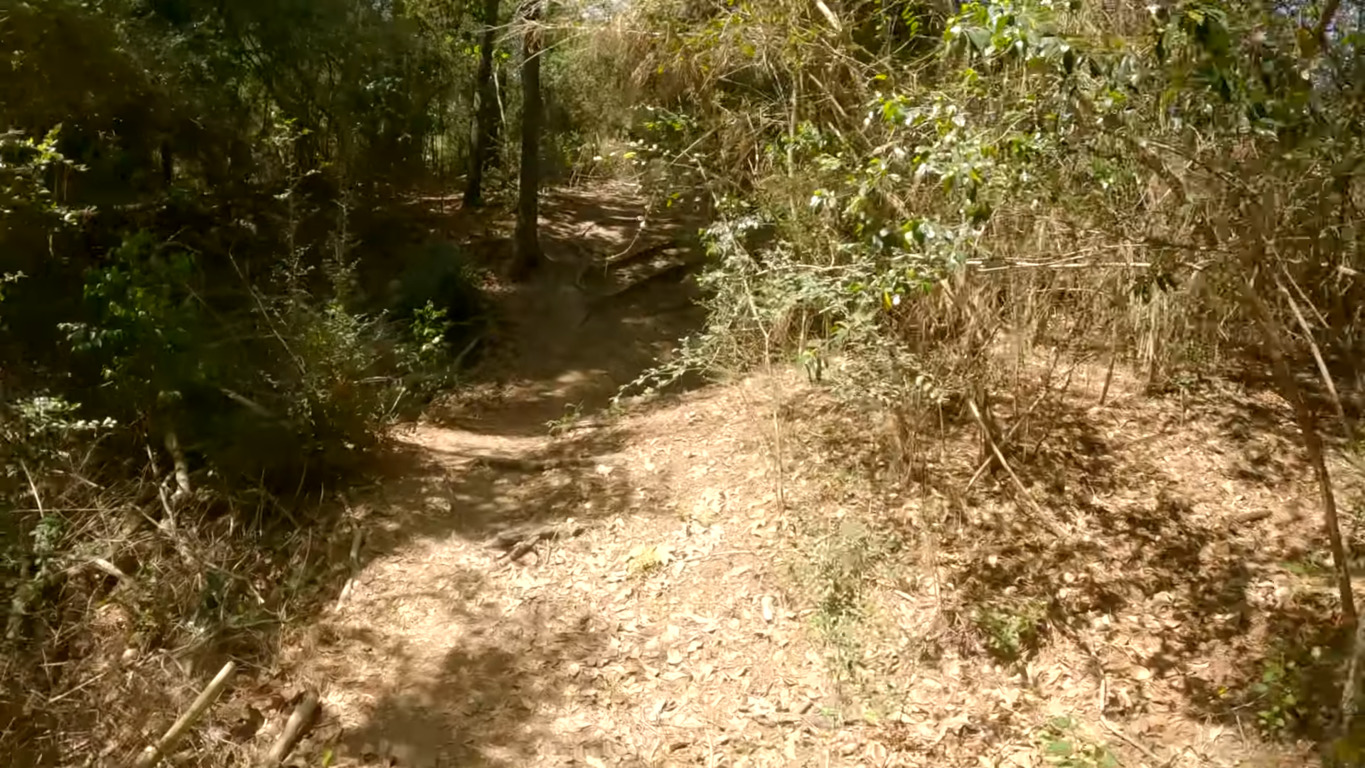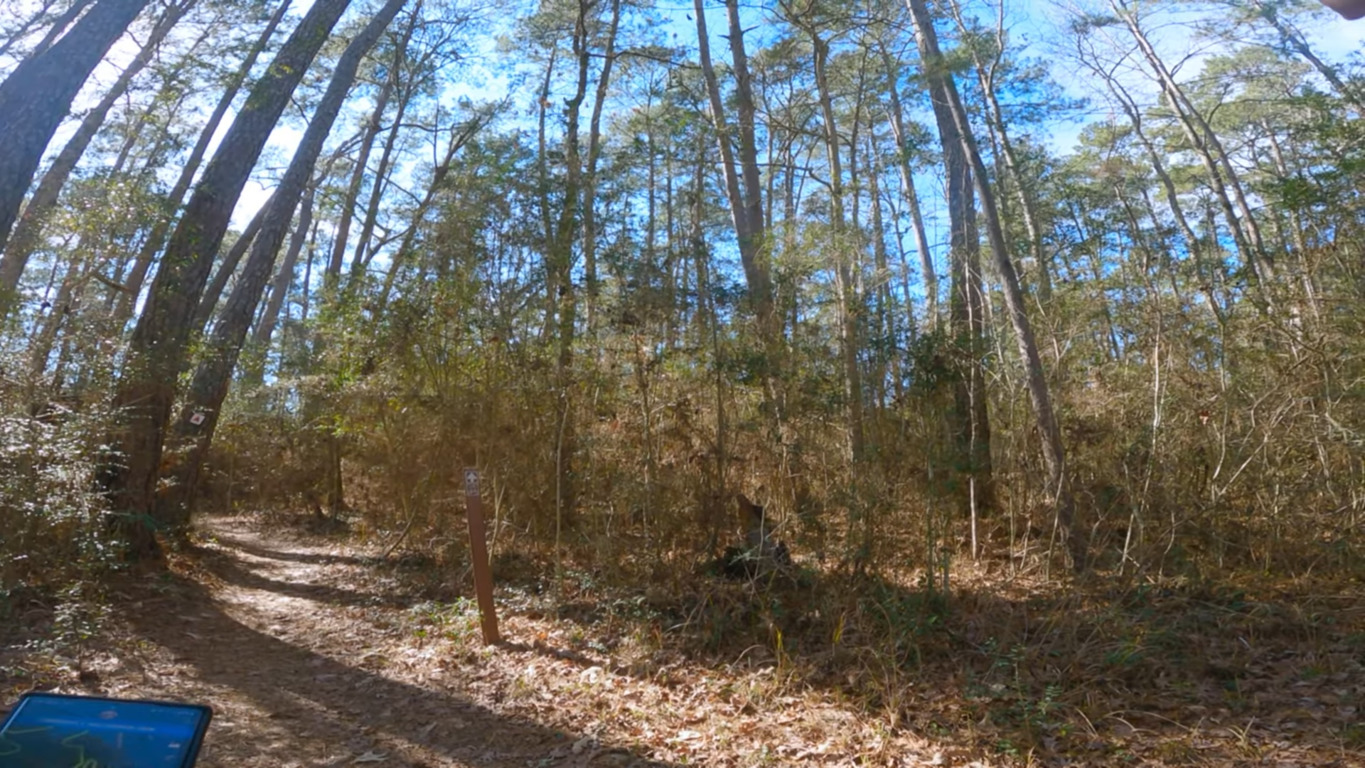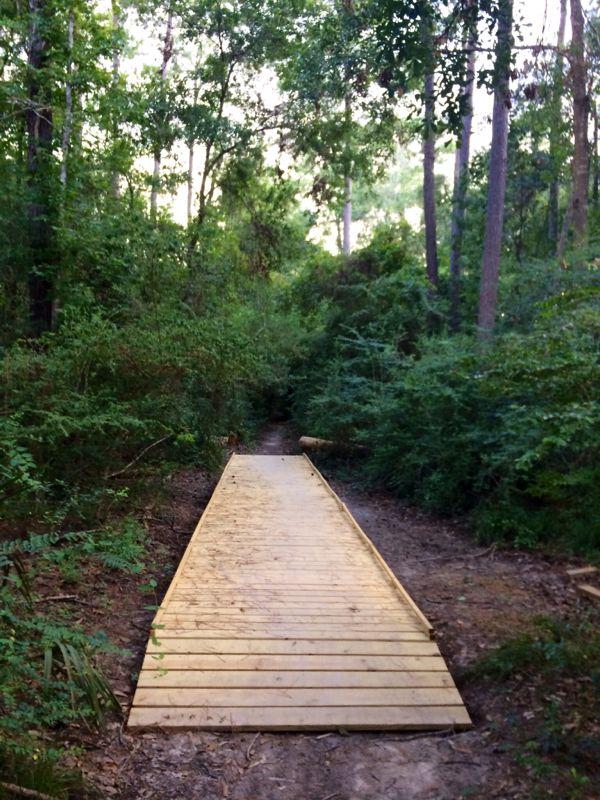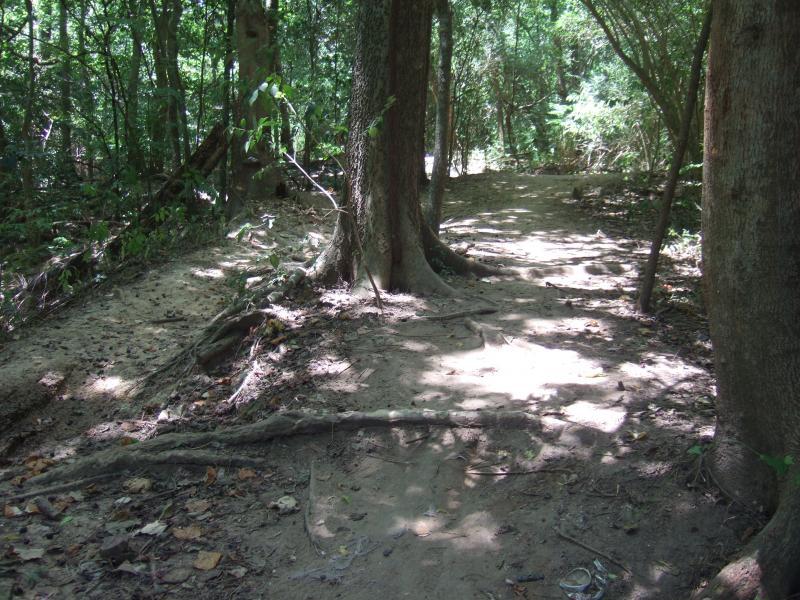Houston, Texas: Area Description
Houston is one of the largest cities in the country with a total area of 637.4 square miles; land accounts for 94 percent, and water, which includes the San Jacinto River, covers around 3.5 percent of the total area. The land is mainly covered with forests, marshes, and swamps, and there are also large sections with prairies.
The city is located in southeastern Texas in the upper region of the Gulf South coastline, and it is about 50 miles from Galveston Island in eastern Texas.
It is adjacent to Brazosport, Bellaire, Missouri City, Baytown, Montgomery, and Beaumont, which is one of the largest cities with a population of 112,556.
There are nine counties in the Houston-The Woodlands-Sugar Land metro area which is known as Houston MSA and ranked second in the U.S. for rapid population growth. The counties are Montgomery, Fort Bend, Austin, Harris, Chambers, Waller, Liberty, Galveston, and Brazoria, and the total population is 7.34 million. The population increase is due to increased birth rate and net international migration.
Despite the pandemic in 2020, the metro area remains a business and investment center with many headquarters of several national and international top companies situated in the region.
White Oak, Sims, and the larger Brays and Buffalo Bayous pass through Houston. In addition to bayous, there are meandering creeks and rivers such as Brazos as well as Cypress Creek watershed, and Spring Creek. The reservoirs include Barker and Addicks, which has an ecosystem of birds, armadillos, alligators, and snakes.
The Houston Ship Channel is a busy and important waterway that connects vessels between the Gulf of Mexico and Houston, and it is one of the largest for tonnage. There are lakes as well, such as Lake Houston, which includes Lake Houston Loop that passes through Lake Houston State Park and includes steep climbs for intermediate riders and easy trails for beginners.
| Land area (sq. mi; sq. km) |
671.67 sq mi (1,740 km2) |
| Minimum Elevation |
80 ft (32 m) |
| Maximum Elevation |
80 ft (32 m) |
Demographics of Houston
The population in Houston has decreased from 2,304,580 in 2020 to 2,264,876 this year. White is the dominant population making up 51.54% of the racial composition, followed by African American at 22.83%. Hispanic makes up 44.5% of the residents.
The average citizenship rate in Houston is 80.6% which is an increase from 79.8% in 2019. Foreign-born residents account for 28.9% of the population, and they mainly originate from Mexico, India, and El Salvador.
There are 875,000 households. The homeownership rate is 42.9%, and the median household income is $53,600, with the highest being $250,001 in Census Tract 4114.
There are 1.13 million employees, and 75.9% commute alone to work at an average time of 27.6 minutes. Many of the graduates are Latino or Hispanic, and the median earning is $39,448 for men and $31,191 for women.
Louisiana, Michigan, and California are the main trade partners of Houston.
| Total population |
2,304,580 (2020) |
| Population density (persons per sq. km) |
3,598.43/sq mi (1,389.36/km2) |
Climate of Houston
Summers in Houston are hot and humid. June to September are the warmer months, with an average temperature of 89°F, and August has an average nighttime low of 77°F and a high of 94°F. The hot season may feature showers in the afternoon accompanied by thunderstorms.
The cooler months from November to February are dry and mild. The average temperature is 62.9°F, and January has an average high of 64°F and a nighttime low of 47°F.
There are warm but rainy Spring and Fall seasons, and Spring seasons from February to May can have tornadoes and rotating thunderstorms.
In the course of the year, the weather is mostly cloudy and rainy, and the temperature hardly drops below 35°F. It ranges from 47°F to 89°F.
As a region with flat terrain, Houston city is prone to flooding, especially from May to October, and there may be tropical storms and hurricanes
June has the most rainfall and precipitation of more than 0.04 inches and 4.5 inches, respectively.
Average Temperature by Months
| Month |
Temperature |
| January |
54°F |
| February |
57°F |
| March |
63°F |
| April |
70°F |
| May |
77°F |
| June |
82°F |
| July |
84°F |
| August |
85°F |
| September |
80°F |
| October |
73°F |
| November |
63°F |
| December |
56°F |
Infrastructure
METRORail and METRO Bus systems provide mass transit services, and the BCycle bike-share system has several stations. There are skywalks, tunnels for pedestrians, and dedicated trails for mountain biking and hiking.
Houston has major interstate highways such as the I-10, I-45, I-69, and I-610, which is known as The Loop. Other highways and routes include Beltway 8, Texas 225, US 59, US 90, and Hardy Toll Road. I-10, which borders the Memorial Park Trail Group, is the interstate highway that will allow you access to a combination of two-way bike trails, such as the Purple and Red trails for beginners and the Orange trail for intermediate riding.
Port of Houston is ranked first in the country by cargo volume, and the nearest airports are George Bush Intercontinental Airport and William P. Hobby Airport, which are in the north and south of downtown Houston.
Sights and Landmarks in Houston
Houston has one of the tallest skyscrapers and skyline. As a large and culturally diverse city, Houston has countless attractions for vacation besides the beaches. Sports and museums for art cars, the Holocaust, fine art, and even funeral history. They include:
- The Museum of Fine Arts
- Space Center Houston
- Gerald D. Hines Waterwall Park
- Houston's Museum District
- Rice University Campus
- Houston Livestock Show and Rodeo
- The Menil Collection
- Houston Children's Museum
FAQ about Trails in Houston
Are there long mountain bike trails in Houston?
The Cypress Creek Trail is 9.5 miles long and includes wooden drops, pavers, and an upland forest. 100-Acre Wood Preserve is along the way, and the route offers plenty of starting points, varied sections, and technical challenges that would be suitable for intermediate riders.
Which bike trails near Brazos River Memorial Park are suitable for speed?
River Bend Trails has many turns, including blind ones, but they are great for fast riding because they are singletrack with few roots and rocks.
How difficult is the Double Lake Big Loop in Houston, Texas?
The loop consists of a series of singletrack loops on sandy terrains in a forest shaded by pines. It features marked road crossings, and you can pass over some trails, such as RCW Loop, to shorten the ride or opt for DLRA Trail, therefore making it easy for newbies.

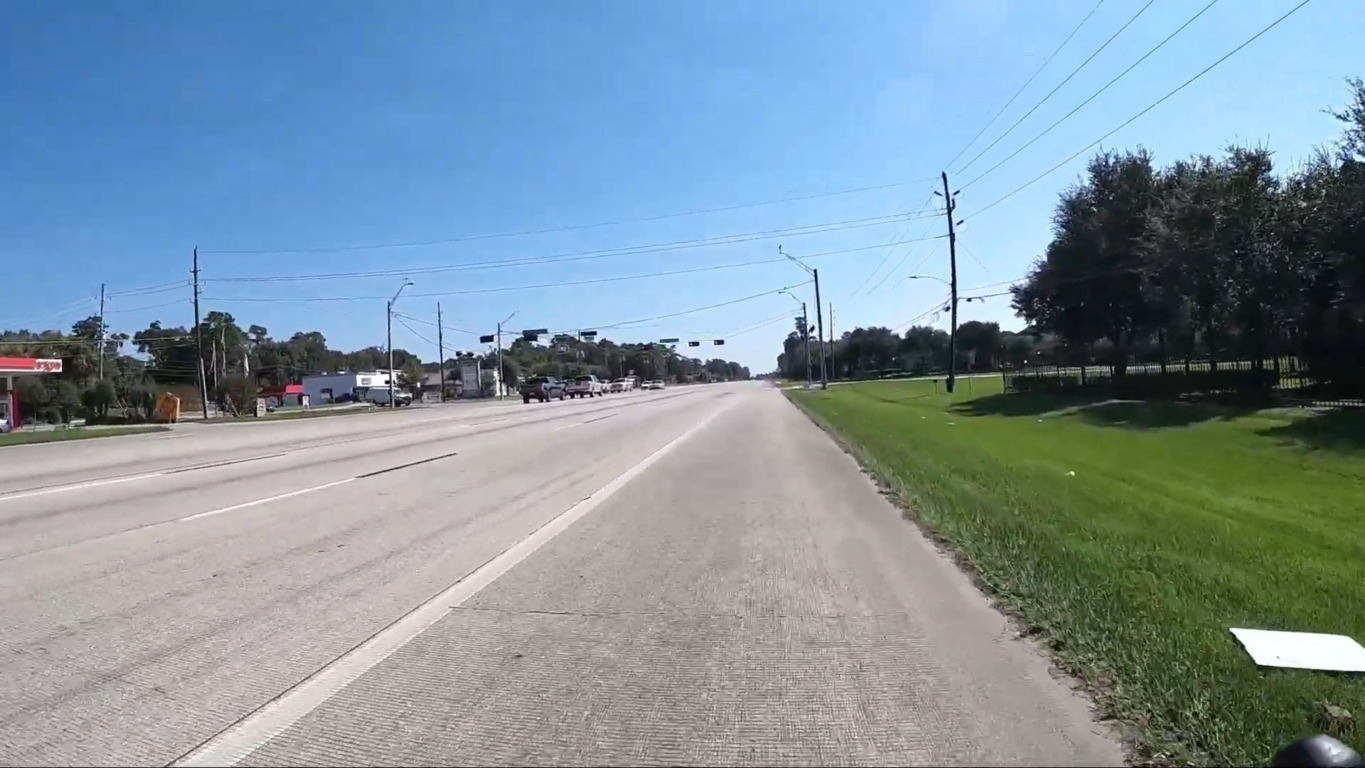
 9,9 mi
9,9 mi
